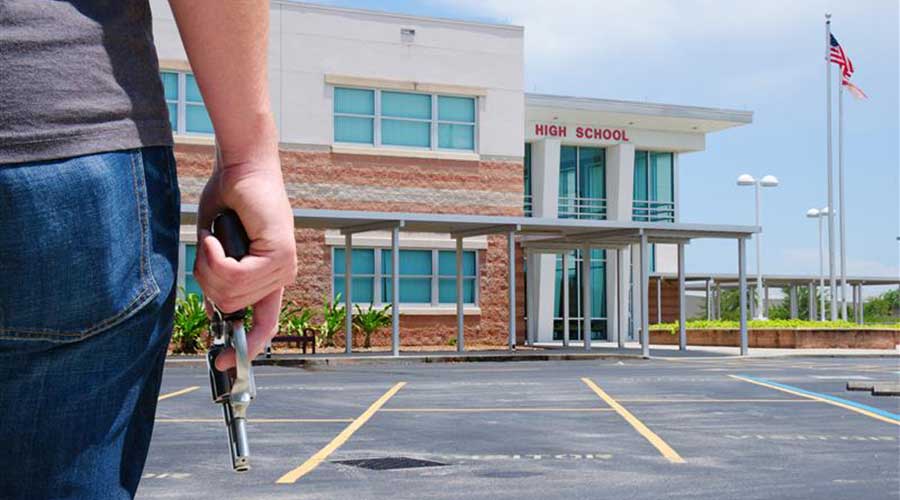Take Steps To Make Sure That Summer School Construction Isn't Tardy
As eager students await summer break, facility managers prepare for breaking ground for school construction projects. In the education realm, summer is the peak time for construction. Most facility managers take into consideration that because summer is generally a low-traffic time on campus, the hazard for students and faculty is lessened and the productivity of workers is improved. However, the typical three-month time frame often leaves construction workers strapped for time and facility managers stuck with the burden of tying up loose ends before the new school year starts.
In order for facility managers to ensure an efficient construction process, it is important to think ahead. Having a five-year plan with a total assessment of new buildings, working in tandem with architects and engineers, seeking early buy-in from key decision-makers, and securing early contractor bids can ensure a fluid summer construction process, eliminating the stress of facility managers and lowering the costs and safety risks to students and faculty.
Five-Year Plan
Three basic elements make up the five-year plan: communicating ideas, strategic planning, and measurement. The five-year plan is a living, breathing comprehensive assessment of the school. Thus, it is expected and imperative that facility managers know what should keep the school healthy and best benefit the education of the students it harbors.
The first step in creating a plan is to develop an executive summary to communicate the ideas of a project and how these ideas relate to students' learning experience and the surrounding community.
In any business plan, investors look for data to understand the value of a proposition. That means facility managers must state very clear goals and measurable objectives of the project; for example, improving test scores and achievements, increasing enrollment, generating higher satisfaction surveys, and reducing utility and maintenance costs. This section really needs to highlight why the school needs to accomplish particular goals. Many facility managers include hard data on why a redesign, renovation, or rebuild of a particular element in the school or school itself affects students' learning. For instance, today's digital technology causes a shift from the traditional school environment to one that accommodates students' various learning patterns.
In addition to objectives and measurable goals, facility managers should show how the five-year plan fits within the overall strategy of the organization. Students work best in a healthy and well-maintained environment. This is where strategic plans to maintain the building/project come into play. Elements to consider are staffing, energy management, technology, mechanics, and overall building performance in the next five years. A critical aspect to take into account is technology. Specifically, wireless technology in HVAC systems assists in cost and energy management as do motion- and heat-activated lighting controls. Ensure the strategy addresses the inevitable maintenance projects of every building. In schools, the most common elements that need recurring maintenance are site improvements and roofing.
The last aspect of the five-year plan is measurement. Facility managers need to determine the best way to calculate the impact their strategies have on their ultimate goals. For example, facility managers should develop a plan for performing student satisfaction surveys, tracking number of new enrollments, etc.
Once the clean copy of the five-year plan is signed, sealed, and delivered to the decision-makers, it's time to move forward with design.
Related Topics:













